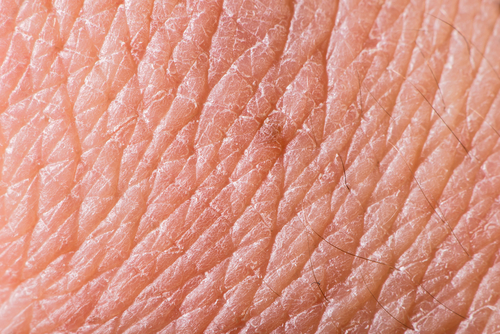Localized Scleroderma Characterized by T-Cell Cytokines and Chemokines

New Scleroderma-related findings have linked two variations of the disease, which in turn could lead to effective, new biomarkers and targeted treatments for patients.
Two clinically different diseases, localized scleroderma (LS) and systemic sclerosis (SSc), can be characterized by similar T-cell produced cytokines and chemokines in pediatric patients, according to recent work presented at the 2014 American College of Rheumatology. At the meeting, Dr. Kathryn S. Torok, from the Pediatric Rheumatology Department of Children’s Hospital of Pittsburgh of the University of Pittsburgh Medical Center, presented “Circulating T-Helper Cell- Associated Cytokines and Chemokines in Localized Scleroderma,” which delved further into the biological characteristics of the only partially-investigated disease LS.
The team led by Dr. Torok measured 29 different cytokines and chemokines expressed in plasma samples from 69 pediatric LS patients and 71 healthy pediatric donors. Using a Th1, Th2, and Th17 (T-helper cell types previously investigated in SSc research) luinex panel, the researchers compared cytokine and chemokine levels between LS and healthy samples. Eight cytokines were significantly greater in LS patients than in healthy donors.
One of these cytokines, IP-10, was differentially over-produced in LS patients with active disease compared to inactive disease. IP-10 levels correlated with the Physician Global Assessment of Disease Activity score, as well as the modified Localized Scleroderma Severity index score.
The authors noted, “Prior SSc studies have also found similar cytokine and chemokine profiles in the circulation, with recent literature supporting a potential role of IP-10 in SSc disease severity.” Some of the basis for the current study came from previous work suggesting that SSc and LS are similar. The two are “companion” diseases, and both have inflammatory and fibrotic components. Due to similar cytokine and chemokine expression levels, any therapies for SSc targeted at these proteins may benefit individuals with LS, as these biomarkers have now been shown to be present in both.







